15 Health Benefits Of Licorice Root, Uses, And Side Effects
Add this sweet root to your diet to boost your digestion and keep your liver in good shape.
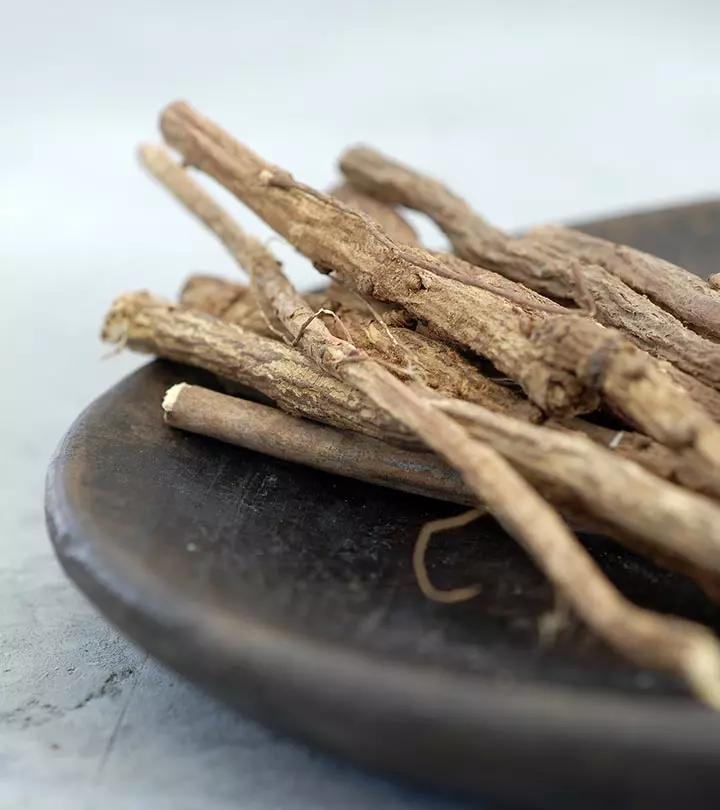
Image: Shutterstock
Licorice root benefits your body by boosting gut, brain, and liver health. It is 50 times sweeter than sugar, and hence it is also called the ‘sweet root.’ This root has many carbohydrates, including starch, glucose, fructose, sucrose, essential minerals, and bioactive compounds. It also contains dietary fibers and has anti-inflammatory properties. These factors contribute to its immense health benefits. This article discusses the benefits of licorice roots, the recommended dosage, and any potential side effects. Keep reading.
 Know Your Ingredient: Licorice Root
Know Your Ingredient: Licorice RootWhat Is It?
Licorice root is a plant root that has a very distinct sweet taste.
What Are Its Benefits?
This root may improve gastrointestinal health, boost brain health, and skin health, and aid in weight loss.
Who Can Consume It?
Anyone apart from those who take blood thinners can consume it.
How Often?
You can consume it daily but in moderation.
Caution
Overconsumption may cause a risk of heart disease, kidney disease, or hormonal imbalance and pregnant and breastfeeding women should avoid its consumption.
This article discusses the benefits of licorice roots, the recommended dosage, and any potential side effects. Keep reading.
In This Article
What Are The Health Benefits Of Licorice Root?
How does licorice root benefit your health? Licorice root is primarily known for its ability to heal the gastrointestinal system.
It contains glycyrrhizin (the active compound in licorice that accounts for its sweet taste), a compound known to reduce cancer risk and inflammation. The other important bioactive compounds in licorice root herb can help boost brain function and aid diabetes treatment. The fiber in the root may aid weight loss.
A study conducted at the Cancer Research Institute to assess the role of ayurveda on mucositis severity divided participants into three groups.The group that received an ayurvedic preparation of licorice or yashtimadu paired with conventional treatment showed the most promise in decreasing mucositis severity. 42.85% of patients receiving only conventional treatment and 20% receiving only honey developed Grade 3 mucositis. Only 15.5% of patients receiving the ayurvedic preparation along with convention treatment developed Grade 3 mucositis. Licorice also helped reduce unplanned treatment breaks and hospitalization.
Note: When we refer to licorice, we don’t mean the candy (which is a type of wax containing sugar). Real licorice root is not laden with sugar.
1. May Improve Gastrointestinal Health
Licorice root may help treat conditions like acid reflux.
This could be especially true with DGL, or deglycyrrhizinated licorice (a form of licorice root, which we will discuss in a little while). DGL is known to increase mucus production, and this can protect the stomach lining from excess acid. DGL may also help ease nausea and ulcers (1).
The root can also treat heartburn and acid reflux associated with GERD (gastroesophageal reflux disease) and its other symptoms like vomiting (1).
Licorice root can also help treat gastric lesions as it is an anti-inflammatory agent (2). The root also speeds the recovery of the stomach lining. This can be attributed to the presence of glycyrrhizic acid in the root, which restores balance in the gut. The acid suppresses the growth of the H. pylori bacteria, which can cause various issues with digestion (hairstyles).
2. May Assist Cancer Treatment
An American study states that licorice and its derivatives can offer protection against DNA damage. The polyphenols in the root also induce cancer cell death (4).
Some research states that licorice may help in maintaining the quality of life of the patients better than chemotherapy (5).
The glycyrrhizin in licorice induces cancer cell death in prostate cancer. Studies reveal its therapeutic potential against prostate cancer (6).
3. May Boost Brain Health
The glycyrrhizic acid in licorice was found to help treat neuroinflammation and cognitive impairment in mice
(7). The root may also keep mental skills sharp, though more research is warranted.
Another compound in licorice, called liquiritigenin, was found to have anti-inflammatory properties. As a consequence, it may help treat the neuroinflammation associated with Alzheimer’s (8).
Some sources state that licorice might also aid depression treatment. However, more research is needed in this regard.
 Trivia
Trivia4. May Improve Skin Health

Licorice root has antiseptic, anti-inflammatory, and demulcent properties that help heal various skin conditions, such as redness and inflammation (9). Licorice root may also brighten your skin.
You can prepare a face mask by mixing turmeric powder and Fuller’s earth with licorice tea. Apply the pack to your face and allow it to dry. Rinse off the face pack with normal water. You can add a few drops of coconut oil, olive oil, or almond oil to it to keep the skin hydrated.
As per anecdotal evidence, regular use of licorice may help fade blemishes and dark spots.
Application of cool licorice tea may help in healing a number of skin disorders. Some of them could include eczema, psoriasis, dry skin, and skin rashes.
Incorporating licorice tea in the diet may protect the skin from the harmful UV rays. A licorice root decoction may be used as a sunscreen lotion to protect the skin from sunburns and tan. To treat sun damage, you need to apply a pack prepared by mixing the crushed cucumber in licorice tea. However, none of these claimed benefits of licorice have been proven by research.
5. May Aid Diabetes Treatment
The molecules in licorice root were found to possess anti-diabetic properties in rat studies (10).
More interestingly, diabetic rats that were given licorice extract experienced a drop in their blood sugar levels. A couple of substances in licorice, namely glabridin and amorfrutin, were deemed responsible for this benefit (11). So, this herb could be beneficial for blood sugar control.
6. May Help With Weight Loss
One study showed that the intake of 3.5 grams of licorice a day could reduce body fat by 4% (12). Licorice also contains fiber, which may help one feel full and reduce cravings.
Preliminary research also states that licorice can decrease body fat mass. The root also has desirable effects on the thickness of body fat (13).
Studies have also shown that supplementing with licorice flavonoid oil may reduce total body fat and visceral fat in overweight individuals (14). Licorice tea might also help reduce body fat and cholesterol levels though this is yet to be substantiated by evidence.
7. May Boost Liver Health
The anti-inflammatory properties of licorice have been found to protect the liver from alcohol-induced injury. The root is also known to improve the antioxidant defense in this case (15).
Studies have also shown how licorice root can offer relief in non-alcoholic fatty liver disease. However, more studies are needed in this aspect (16). Licorice root was also found to have some therapeutic effect on other liver ailments like jaundice (17).
8. May Fight Inflammation
We are already aware of the anti-inflammatory effects of licorice root. The root is particularly effective in treating inflammation of the gut and boosting digestive health. The glycyrrhizin in the root also inhibits tissue inflammation by reducing the generation of reactive oxygen species (18).
Licorice can protect against chronic inflammation and related conditions like arthritis as per mice studies (19). It also is believed that licorice acts like the body’s natural corticosteroids (compounds that reduce inflammation). However, more research is needed to understand this particular mechanism of licorice.
9. May Relieve Adrenal Fatigue And Other Hormonal Issues
Licorice may help balance hormones (20). The root has been traditionally used to balance female hormones, thus relieving premenstrual syndrome and menopause symptoms. The flavonoids in licorice may have a beneficial estrogenic effect on human cells and also improve adrenal function (20).
Licorice root is also known to be used in herbal supplements specifically prescribed for treating polycystic ovarian syndrome or PCOS. However, we need more information in this aspect.
10. May Enhance Immunity

Licorice root has antiviral and antimicrobial properties, and these may help boost immunity. The glycyrrhizin in licorice may stimulate immunity and help fight several viral infections, as per studies conducted on ducklings (21). It also may prevent other bacterial and fungal infections.
Licorice root also plays a role in relieving cough and other ailments of the respiratory tract. It has antitussive and expectorant properties (22). The root may also treat colds and soothe a sore throat.
The root coats the throat with a thin film of mucus, protecting the delicate tissues in there. However, more research is needed to understand this mechanism. Crude licorice may also eliminate phlegm and aid in detoxification (23).
11. May Improve Male Fertility
Studies have shown that licorice root may help treat erectile dysfunction. The root improves overall health on a cellular level. It also has beneficial effects on male hormonal levels (24).
However, studies are contradictory in this regard. An Italian study states that licorice may reduce serum testosterone levels in men (25). Hence, talk to your doctor before using licorice for this purpose.
12. May Relieve Symptoms Of PMS And Menopause
It is said that licorice root may offer relief from menstrual cramps. It may moderate the spasms and alleviate pain. Some research suggests that it can also help relieve hot flashes, though more studies are needed (26). The root has an estrogen-like effect in women, and this helps relieve symptoms of PMS and menopause (27).
In one study, licorice was found to be much better than hormone replacement therapy in reducing the duration of hot flashes (28).
13. May Improve Oral Health
Research has shown that licorice root may reduce cavities and help treat other oral diseases, including caries and oral candidiasis. It also may help prevent periodontitis, a serious oral disease that destroys the gums and bones and tissues that maintain the teeth (29).
Two of the important compounds in licorice, namely licoricidin and licorisoflavan A, were found to be the most effective treating oral diseases (30). The root also helps prevent periodontitis,
The root is also known to freshen breath naturally (31). It may also prevent tooth decay (32).
 Fun Fact
Fun Fact14. May Aid Sleep
Studies done on mice state that one type of licorice root, called Glycyrrhiza glabra, can induce sleep and even increase sleep duration.
Two other compounds in licorice root, namely glabrol and liquiritigenin, may also play a role in this regard (33). More importantly, ethanol extracts of the root were found to increase the length of non-REM sleep in mice (34).
15. May Be Beneficial For Hair Health

Research is limited in this regard. Proponents claim that the flavonoids, phytoestrogens, and other essential oils in the root may help promote hair health.
The demulcent (relieving irritation) properties of licorice root may help soothe scalp conditions like scabs and dandruff. Even though not scientifically proven, licorice tea is consumed by some people to combat premature balding.
Licorice may be used in preparing packs for the effective treatment of various hair conditions. You can add amla powder(Indian gooseberries) and henna to licorice tea and mix well. It is believed to treat hair conditions like dandruff, dull hair, split ends, and sun-induced hair damage.
However, topically applied glycyrrhizic acid (a compound of licorice) was found to cause hair removal in rats (35). Hence, consult your doctor before using licorice for hair health.
Frank Tortorici, a fitness professional and a blogger, shared his experience of using licorice root extract before a workout and the results were amazing. He said, “What I’ve been doing for myself lately is I’ve just been doing 2 to 3 full droppers under my tongue. I’ve been letting it sit there for about 30 seconds to 45 seconds. It burns a little bit. Then just swallow it down with water and head off to my workout, and man, I’ve been feeling a big, big difference just using this one thing (i).”
There are several ways of using licorice root to avail its health benefits. We will explore those in the following section.
Any Other Ways Of Using Licorice Root?
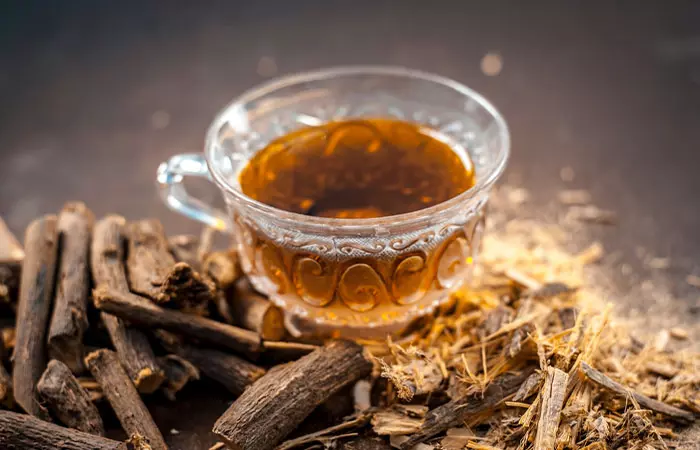
- As a gel or cream: You can apply it to the affected areas on your skin. You can powder the root, mix it with water, and prepare a paste. You can also purchase licorice root gel from the nearest store.
- As a powder: It may help treat skin issues, such as acne. Liquiritin, a skin-lightening compound in licorice, may lighten skin. You can purchase licorice root powder online.
- As a tincture: You can take 3 to 4 drops of the juice.
- As tea: Place the root in boiling water and allow it to simmer for about 10 minutes. You can take a cup before going to bed. You can also make tea with dried and crushed leaves of licorice.
- As capsules: You can take them daily. Follow the dosage as mentioned on the product label. Always be sure to use licorice from a reputable vendor, and always run all supplements by your physician, as licorice may interact with various common drugs (like Warfarin, Lasix, Digoxin, Celebrex, Dilantin, Volatren) and other supplements. This is because licorice is metabolized by the liver’s Cytochrome P450 pathway, as are a lot of common drugs/supplements (36).
- As a liquid extract:This is the most commonly used form of licorice root. You can get it from a store.
- As a potential medication: It may help in treating Addison’s disease (a type of diabetes caused by hormonal deficiency) and lupus (an inflammatory disease caused by the immune system attacking the body’s tissues). However, since research is limited in these aspects, talk to your doctor before using licorice for this purpose.
Where To Buy Licorice Root
You can get your licorice root (as a root or in the form of an extract) from the nearest supermarket store. You may also procure it online.
Any Fast Facts On Licorice Root?
- April 12th is National Licorice Day.
- The modern licorice candy that you enjoy actually dates back to 17th century Holland.
- The licorice plant is officially a weed.
- Napoleon Bonaparte found licorice soothing during battles. It is believed he ate so much of it that his teeth turned black.
- Alexander the Great and Julius Caesar are known to have endorsed licorice benefits.
No matter how beneficial the root may be, there are certain aspects we need to consider. Before consuming it, one should be familiar with specific licorice root side effects. Scroll down to learn about them in detail.
Any Side Effects Of Licorice Root?
Excess consumption of licorice root for a long time may cause adverse effects in some people. These may include heart ailments, hypokalemia, kidney problems, sexual problems in males, and hypertension in children.
- May Cause Heart Problems
The root may increase blood pressure levels. This may aggravate heart ailments. Those with a history of congestive heart failure must avoid licorice (37).
- May Cause Hypokalemia
Excessive intake of licorice can cause excessively low potassium levels in the body, which leads to hypokalemia (38). Hence, if you have low potassium levels, avoid licorice.
- May Cause Kidney Disease

In some cases, individuals with licorice-induced hypertension had also experienced kidney failure (39).
- May Aggravate Male Sexual Problems
Some studies show that licorice may reduce testosterone levels in males (25).
- May Cause Hormonal Imbalances
Since licorice may act like estrogen in the body, it must be avoided if one has a condition that could be worsened by estrogen. Licorice contains a compound called isoliquiritigenin, which may interfere with the sex hormones in the ovaries and disrupt their production (40).
- Issues During Pregnancy And Breastfeeding
Licorice root is unsafe during pregnancy and can lead to early delivery. The glycyrrhizin in licorice was found to be associated with preterm delivery. Hence, pregnant women are suggested to avoid licorice (41).
There is insufficient information on the effects of licorice during breastfeeding. Hence, stay safe and avoid its use.
- Issues During Surgery
Since the root may interfere with blood pressure, it may cause issues during surgery. Stop intake of licorice at least two weeks before a scheduled surgery. However, research is limited in this area.
Licorice root has its share of adverse effects. But, in general, it can offer optimum health benefits. We have explored some of the important compounds in the root. In the following section, we will look at its detailed nutritional profile.
What Is The Nutritional Profile Of Licorice?
The root is composed of carbohydrates (starch, and sugars like glucose, fructose, and sucrose), minerals, and bioactive plant compounds. It also contains both soluble and insoluble fibers.
The most important bioactive substances in licorice are:
- Glycyrrhizin, which is also called glycyrrhizic acid (42), is the most abundant compound in licorice root (3%) and extracts (10-25%).
- Liquiritigenin (42), which is another important antioxidant and a phytoestrogen.
- Other important compounds include glabridin and liquiritin (42).
What Is The Recommended Dosage Of Licorice Root?
The ideal dosage of licorice root depends on the health condition of the individual. However, people should never consume excessive amounts of licorice in food or supplement form.
If you are going for licorice root extract, limit your intake to four weeks. Deglycyrrhizinated licorice could be taken for longer periods. Since direct research is lacking this regard, consult your doctor for more information.
Drug Interactions
Warfarin (Coumadin), a blood thinner, may interact with the licorice and cause gastrointestinal bleeding (43). Patients who are at a risk of bleeding should avoid the consumption of licorice root and its supplements. People who are under medications for issues related to heart rhythm are also advised to avoid licorice.
While licorice offers important benefits, some wonder if it could be fattening. Is that assumption true? Learn more in the next section.
Can Licorice Cause Weight Gain?
No, licorice consumption does not cause weight gain. It, in fact, can help with weight loss and body fat reduction. However, commercial licorice products, especially those found in candy stores, may contain added sugars, fats, and other ingredients that could be fattening. Though the calories in licorice primarily come from sugars and carbohydrates, eating it in moderation is unlikely to cause significant weight gain. Choosing licorice products with reduced sugar content or opting for natural licorice without added sugars is ideal.
Licorice is usually available in one of two variants – deglycyrrhizinated licorice and licorice extract. Each seems to have its own advantages, but there is some ambiguity in this regard. We have addressed this in the following section.
Deglycyrrhizinated Licorice (DGL) Vs. Licorice Extract – Which Is Better?
There are four main types of compounds found in licorice root – flavonoids, coumarins, triterpenoids, and stilbenoids. These possess antioxidant, anti-inflammatory, and antibiotic properties.
Another important compound in licorice root is glycyrrhizin. This compound has potent anti-inflammatory properties.
This glycyrrhizin may also have certain side effects. Hence, this compound is removed from the root during the production of standardized licorice supplements. This is to prevent possible adverse effects like high blood pressure, kidney issues, and issues during pregnancy/breastfeeding, etc.
But without glycyrrhizin, the supplement can be used by a larger section of the society (this also means more sales). This form of licorice is called deglycyrrhizinated licorice.
The normal licorice extract is the one with glycyrrhizin, and it can be used by anyone without the contraindications. They can enjoy the benefits of glycyrrhizin as well.
Infographic: Popular Licorice Root Beverages
There are several ways licorice benefits your health, and it can be used for a variety of purposes. It has great potential as a flavoring agent and is often used to add flavor to both food and beverages. It imparts a notable sweet tag to alcoholic drinks that has people returning for more.
Check out the infographic below to learn more about the use of licorice root in cocktails and a few simple cocktail recipes. Illustration: StyleCraze Design Team
Licorice root is an ancient herbal remedy with several medicinal properties. It is rich in plant compounds that help treat several ailments. The antioxidant, anti-microbial, and anti-inflammatory properties of licorice root benefits your skin, hair, and health in many ways. It may improve gastrointestinal health, act against cancer cells, boost brain health, help treat redness and skin inflammation, and aid in diabetes treatment and weight loss. However, excess amounts of licorice root may cause heart problems, hypokalemia, and kidney disease. The root may also reduce testosterone levels in males. Hence, consult your doctor about its dosage before consuming it.
Frequently Asked Questions
Is licorice a laxative?
Yes, licorice can have mild laxative effects.
How to eat licorice root sticks?
You can add the sticks to a teapot and extract the flavors. You can even chew the sticks.
Who should not use licorice root?
While licorice root is generally considered safe for consumption, it should be avoided by people dealing with myopathy (muscle weakness) and edema (excess fluid in the body) (44).
When is the best time to take licorice root?
Licorice root should ideally be consumed half an hour before a meal.
Key Takeaways
- Licorice roots has anti-inflammatory properties that may help manage various skin issues.
- Glycyrrhizin in licorice may induce cancer cell death, boosts brain health and immunity, and repairs the stomach lining, among other benefits.
- It can be consumed in various forms such as powder, capsules, tincture and liquid extracts.
- Excess consumption of this root may cause serious side effects like hormonal imbalances, pregnancy issues, and heart problems.
Illustration: Health Benefits Of Licorice Root Uses And Side Effects
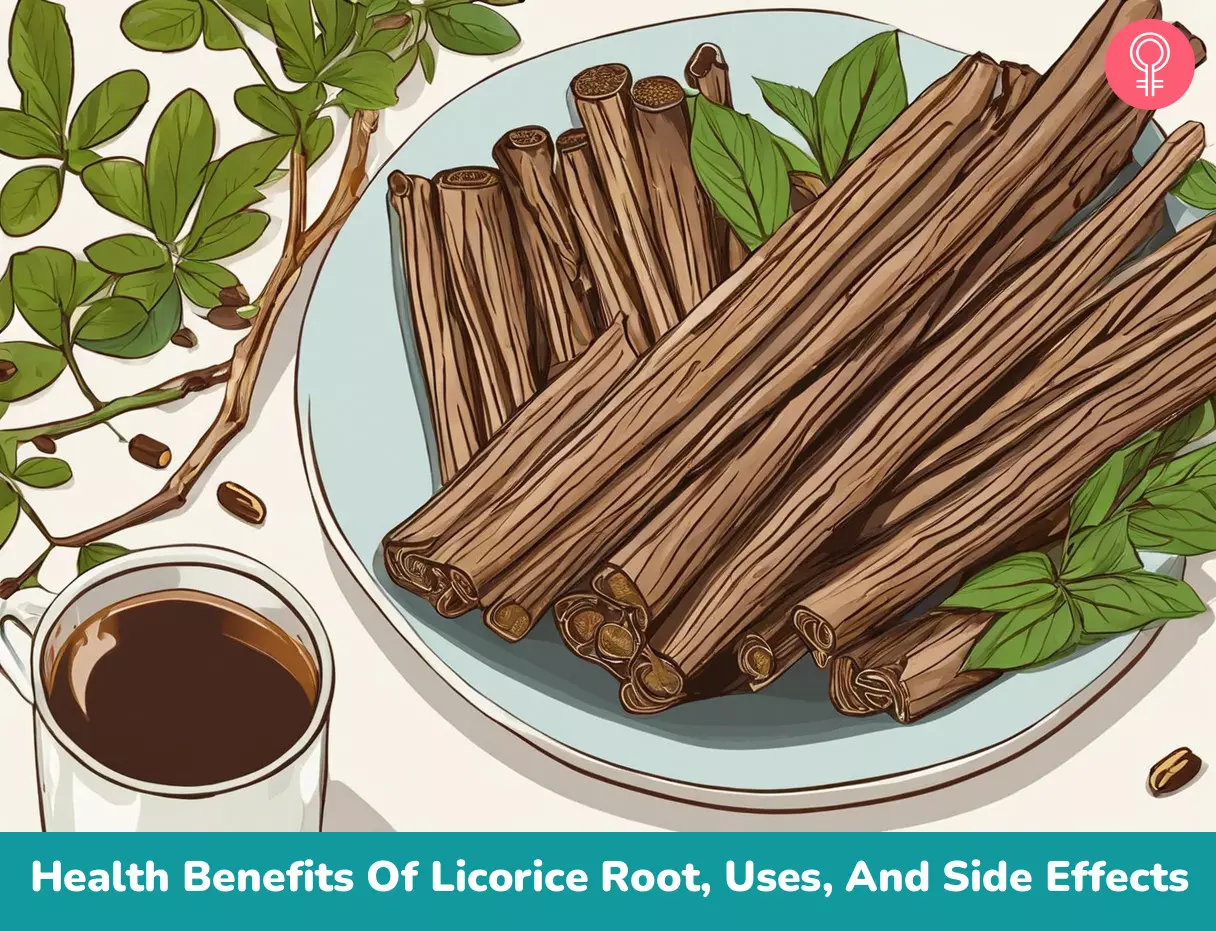
Image: Stable Diffusion/StyleCraze Design Team
Uncover the incredible advantages of licorice root. Check out the video below to explore its positive effects on digestion, the skin, and more! Go ahead and click on it now!
Personal Experience: Source
StyleCraze's articles are interwoven with authentic personal narratives that provide depth and resonance to our content. Below are the sources of the personal accounts referenced in this article.
i. The Real Red Bull…Licorice Roothttps://www.franktortorici.com/blog/the-real-red-bull-licorice-root/
References
Articles on StyleCraze are backed by verified information from peer-reviewed and academic research papers, reputed organizations, research institutions, and medical associations to ensure accuracy and relevance. Read our editorial policy to learn more.
- Yeh, Ann Ming, and Brenda Golianu. “Integrative Treatment of Reflux and Functional Dyspepsia in Children.” Children (Basel, Switzerland) vol. 1,2 119-33. 18 Aug. 2014.
https://www.ncbi.nlm.nih.gov/pmc/articles/PMC4928719/ - Dehpour, A.R., et al. “Antiulcer Activities of Liquorice and Its Derivatives in Experimental Gastric Lesion Induced by Ibuprofen in Rats.” International Journal of Pharmaceutics, Elsevier, 16 Nov. 1999.
www.sciencedirect.com/science/article/pii/037851739400377H - Krausse, Rea et al. “In vitro anti-Helicobacter pylori activity of Extractum liquiritiae, glycyrrhizin and its metabolites.” The Journal of antimicrobial chemotherapy vol. 54,1 (2004): 243-6.
https://pubmed.ncbi.nlm.nih.gov/15190039/ - Wang, Z Y, and D W Nixon. “Licorice and cancer.” Nutrition and cancer vol. 39,1 (2001): 1-11.
https://pubmed.ncbi.nlm.nih.gov/11588889/ - Ayeka, Peter Amwoga et al. “The immunomodulatory activities of licorice polysaccharides (Glycyrrhiza uralensis Fisch.) in CT 26 tumor-bearing mice.” BMC complementary and alternative medicine vol. 17,1 536. 15 Dec. 2017.
https://www.ncbi.nlm.nih.gov/pmc/articles/PMC5732493/ - Thirugnanam, Sivasakthivel et al. “Glycyrrhizin induces apoptosis in prostate cancer cell lines DU-145 and LNCaP.” Oncology reports vol. 20,6 (2008): 1387-92.
https://pubmed.ncbi.nlm.nih.gov/19020719/ - Liu, Wenfeng et al. “Suppressive effect of glycyrrhizic acid against lipopolysaccharide-induced neuroinflammation and cognitive impairment in C57 mice via toll-like receptor 4 signaling pathway.” Food & nutrition research vol. 63 10.29219/fnr.v63.1516. 29 Apr. 2019.
https://www.ncbi.nlm.nih.gov/pmc/articles/PMC6495270/ - Cho, Min Ji et al. “Comparison of the effect of three licorice varieties on cognitive improvement via an amelioration of neuroinflammation in lipopolysaccharide-induced mice.” Nutrition research and practice vol. 12,3 (2018): 191-198.
https://www.ncbi.nlm.nih.gov/pmc/articles/PMC5974064/ - Simmler, Charlotte et al. “Phytochemistry and biological properties of glabridin.” Fitoterapia vol. 90 (2013): 160-84.
https://www.ncbi.nlm.nih.gov/pmc/articles/PMC3795865/ - Kataya, Hazem Hasan et al. “Effect of licorice extract on the complications of diabetes nephropathy in rats.” Drug and chemical toxicology vol. 34,2 (2011): 101-8.
https://pubmed.ncbi.nlm.nih.gov/21314459/ - Yehuda, Itamar et al. “Glabridin, an isoflavan from licorice root, downregulates iNOS expression and activity under high-glucose stress and inflammation.” Molecular nutrition & food research vol. 59,6 (2015): 1041-52.
https://pubmed.ncbi.nlm.nih.gov/25737160/ - Armanini, D et al. “Effect of licorice on the reduction of body fat mass in healthy subjects.” Journal of endocrinological investigation vol. 26,7 (2003): 646-50.
https://pubmed.ncbi.nlm.nih.gov/14594116// - Nakagawa, Kaku et al. “Licorice flavonoids suppress abdominal fat accumulation and increase in blood glucose level in obese diabetic KK-A(y) mice.” Biological & pharmaceutical bulletin vol. 27,11 (2004): 1775-8.
https://pubmed.ncbi.nlm.nih.gov/15516721 - Tominaga, Yuji et al. “Licorice flavonoid oil reduces total body fat and visceral fat in overweight subjects: A randomized, double-blind, placebo-controlled study.” Obesity research & clinical practice vol. 3,3 (2009): I-IV.
https://pubmed.ncbi.nlm.nih.gov/24345587/ - Jung, Jae-Chul et al. “Hepatoprotective effect of licorice, the root of Glycyrrhiza uralensis Fischer, in alcohol-induced fatty liver disease.” BMC complementary and alternative medicine vol. 16 19. 22 Jan. 2016.
https://www.ncbi.nlm.nih.gov/pmc/articles/PMC4722619/ - Hajiaghamohammadi, Ali Akbar et al. “The efficacy of licorice root extract in decreasing transaminase activities in non-alcoholic fatty liver disease: a randomized controlled clinical trial.” Phytotherapy research : PTR vol. 26,9 (2012): 1381-4.
https://pubmed.ncbi.nlm.nih.gov/22308054/ - Ho, N K. “Traditional Chinese medicine and treatment of neonatal jaundice.” Singapore medical journal vol. 37,6 (1996): 645-51.
https://pubmed.ncbi.nlm.nih.gov/9104069/ - Racková, Lucia & Jancinová, Viera & Petríková, Margita & Drábiková, Katarína & Nosal, Rado & Stefek, Milan & Kostálová, Daniela & Prónayová, Nada & Kovácová, Mária. (2008). Mechanism of anti-inflammatory action of liquorice extract and glycyrrhizin. Natural product research. 21. 1234-41. 10.1080/14786410701371280.
https://www.researchgate.net/publication/5772425_Mechanism_of_anti-inflammatory_action_of_liquorice_extract_and_glycyrrhizin - Kim, Ki Rim et al. “Anti-inflammatory effects of licorice and roasted licorice extracts on TPA-induced acute inflammation and collagen-induced arthritis in mice.” Journal of biomedicine & biotechnology vol. 2010 (2010): 709378.
https://www.ncbi.nlm.nih.gov/pmc/articles/PMC2841253/ - Madak-Erdogan, Zeynep et al. “Dietary licorice root supplementation reduces diet-induced weight gain, lipid deposition, and hepatic steatosis in ovariectomized mice without stimulating reproductive tissues and mammary gland.” Molecular nutrition & food research vol. 60,2 (2016): 369-80.
https://www.ncbi.nlm.nih.gov/pmc/articles/PMC4738101/ - Soufy, Hamdy et al. “Antiviral and immune stimulant activities of glycyrrhizin against duck hepatitis virus.” African journal of traditional, complementary, and alternative medicines : AJTCAM vol. 9,3 389-95. 2 Apr. 2012.
https://www.ncbi.nlm.nih.gov/pmc/articles/PMC3746675/ - Kuang, Yi et al. “Antitussive and expectorant activities of licorice and its major compounds.” Bioorganic & medicinal chemistry vol. 26,1 (2018): 278-284.
https://pubmed.ncbi.nlm.nih.gov/29224994/ - Wang, Mengyue et al. “Influence of honey-roasting on the main pharmacological activities and the water-soluble active glycosides of licorice.” African journal of traditional, complementary, and alternative medicines : AJTCAM vol. 9,2 189-96. 29 Dec. 2011.
https://www.ncbi.nlm.nih.gov/pmc/articles/PMC3746624/ - Lim, Peter H C. “Asian herbals and aphrodisiacs used for managing ED.” Translational andrology and urology vol. 6,2 (2017): 167-175.
https://www.ncbi.nlm.nih.gov/pmc/articles/PMC5422695/ - Armanini, D et al. “Licorice consumption and serum testosterone in healthy man.” Experimental and clinical endocrinology & diabetes : official journal, German Society of Endocrinology [and] German Diabetes Association vol. 111,6 (2003): 341-3.
https://pubmed.ncbi.nlm.nih.gov/14520600/ - Nahidi, Fatemeh et al. “Effects of licorice on relief and recurrence of menopausal hot flashes.” Iranian journal of pharmaceutical research : IJPR vol. 11,2 (2012): 541-8.
https://www.ncbi.nlm.nih.gov/pmc/articles/PMC3832176/ - Arentz, Susan et al. “Herbal medicine for the management of polycystic ovary syndrome (PCOS) and associated oligo/amenorrhoea and hyperandrogenism; a review of the laboratory evidence for effects with corroborative clinical findings.” BMC complementary and alternative medicine vol. 14 511. 18 Dec. 2014.
https://www.ncbi.nlm.nih.gov/pmc/articles/PMC4528347/ - Menati, Lida et al. “Evaluation of contextual and demographic factors on licorice effects on reducing hot flashes in postmenopause women.” Health care for women international vol. 35,1 (2014): 87-99.
https://pubmed.ncbi.nlm.nih.gov/23663094/ - Shaikh, Sameer, and S Manoj Kumar. “Beneficial effects of specific natural substances on oral health.” Saudi medical journal vol. 38,12 (2017): 1181-1189.
https://www.ncbi.nlm.nih.gov/pmc/articles/PMC5787627/ - Sidhu, Preena et al. “Therapeutic benefits of liquorice in dentistry.” Journal of Ayurveda and integrative medicine, S0975-9476(17)30510-7. 31 Oct. 2018.
https://pubmed.ncbi.nlm.nih.gov/30391123// - Tanabe, Shin-ichi et al. “Reduction of bacterial volatile sulfur compound production by licoricidin and licorisoflavan A from licorice.” Journal of breath research vol. 6,1 (2012): 016006.
https://pubmed.ncbi.nlm.nih.gov/22368239// - “Gafner, Stefan, et al. “Isoflavonoids and coumarins from Glycyrrhiza uralensis: antibacterial activity against oral pathogens and conversion of isoflavans into isoflavan-quinones during purification.” Journal of natural products 74.12 (2011): 2514-2519.
https://pubs.acs.org/doi/10.1021/np2004775 - Cho, Suengmok et al. “Hypnotic effects and GABAergic mechanism of licorice (Glycyrrhiza glabra) ethanol extract and its major flavonoid constituent glabrol.” Bioorganic & medicinal chemistry vol. 20,11 (2012): 3493-501.
https://pubmed.ncbi.nlm.nih.gov/22543233/// - Cho, Suengmok et al. “Hypnotic effects and GABAergic mechanism of licorice (Glycyrrhiza glabra) ethanol extract and its major flavonoid constituent glabrol.” Bioorganic & medicinal chemistry vol. 20,11 (2012): 3493-501.
https://pubmed.ncbi.nlm.nih.gov/22543233/// - Ivosevic-Zaper, Julijana et al. “Topically applied glycyrrhizic acid causes hair removal in rats.” Pharmaceutical biology vol. 52,10 (2014): 1362-5.
https://pubmed.ncbi.nlm.nih.gov/24785361/ - Li, Guannan et al. “Cytochrome P450 inhibition by three licorice species and fourteen licorice constituents.” European journal of pharmaceutical sciences : official journal of the European Federation for Pharmaceutical Sciences vol. 109 (2017): 182-190.
https://www.ncbi.nlm.nih.gov/pmc/articles/PMC5656517/ - Deutch, Mikkel R et al. “Bioactive Candy: Effects of Licorice on the Cardiovascular System.” Foods (Basel, Switzerland) vol. 8,10 495. 14 Oct. 2019.
https://www.ncbi.nlm.nih.gov/pmc/articles/PMC6836258/ - Mumoli, Nicola, and Marco Cei. “Licorice-induced hypokalemia.” International journal of cardiology vol. 124,3 (2008): e42-4.
https://pubmed.ncbi.nlm.nih.gov/17320224/ - Omar, Hesham R et al. “Licorice abuse: time to send a warning message.” Therapeutic advances in endocrinology and metabolism vol. 3,4 (2012): 125-38.
https://www.ncbi.nlm.nih.gov/pmc/articles/PMC3498851/ - Mahalingam, Sharada et al. “Effects of isoliquiritigenin on ovarian antral follicle growth and steroidogenesis.” Reproductive toxicology (Elmsford, N.Y.) vol. 66 (2016): 107-114.
https://www.ncbi.nlm.nih.gov/pmc/articles/PMC5125911/ - Strandberg, Timo E et al. “Preterm birth and licorice consumption during pregnancy.” American journal of epidemiology vol. 156,9 (2002): 803-5.
https://pubmed.ncbi.nlm.nih.gov/12396997/ - Li, Guannan et al. “Identification and Chemical Standardization of Licorice Raw Materials and Dietary Supplements Using UHPLC-MS/MS.” Journal of agricultural and food chemistry vol. 64,42 (2016): 8062-8070.
https://www.ncbi.nlm.nih.gov/pmc/articles/PMC5378676/ - Liu, Judy Fong et al. “Black licorice ingestion: Yet another confounding agent in patients with melena.” World journal of gastrointestinal surgery vol. 2,1 (2010): 30-1.
https://www.ncbi.nlm.nih.gov/pmc/articles/PMC2999197/?report=classic - “Generalized edema caused by licorice: a new syndrome.” PubMed 14(10):984
(1993)
https://pubmed.ncbi.nlm.nih.gov/8009077/
Read full bio of Monica Auslander Moreno
Read full bio of Ravi Teja Tadimalla
Read full bio of Arshiya Syeda
Read full bio of Aparna Mallampalli





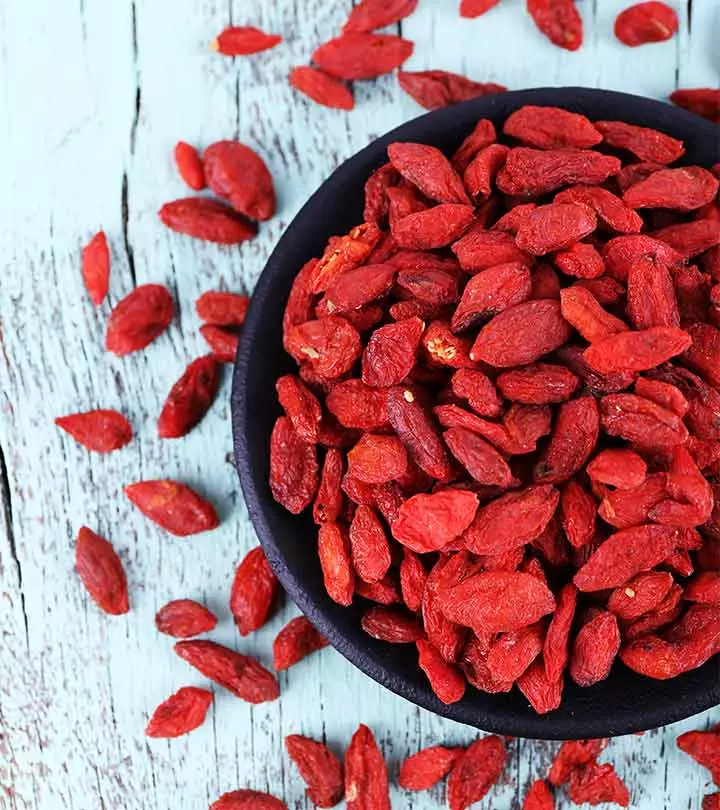
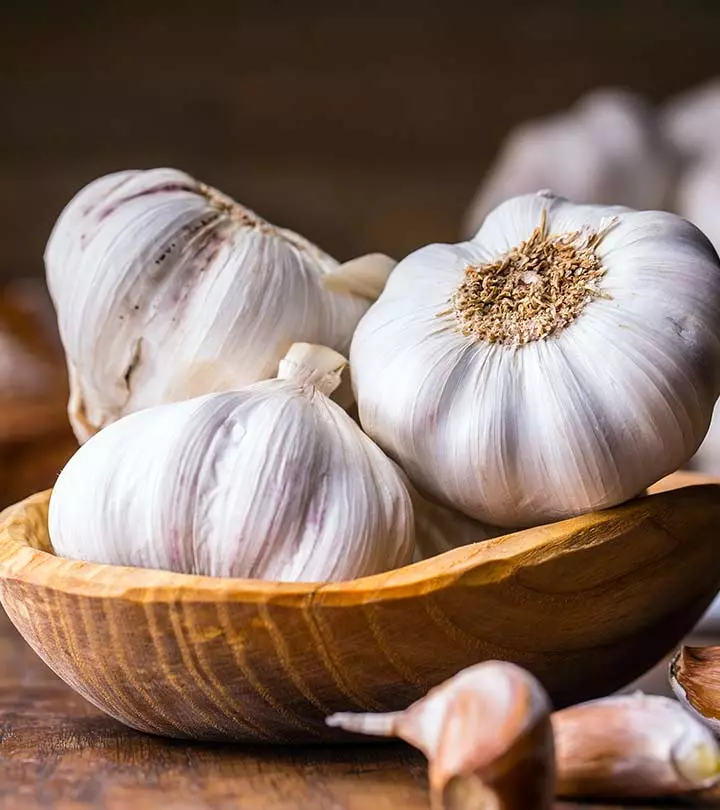
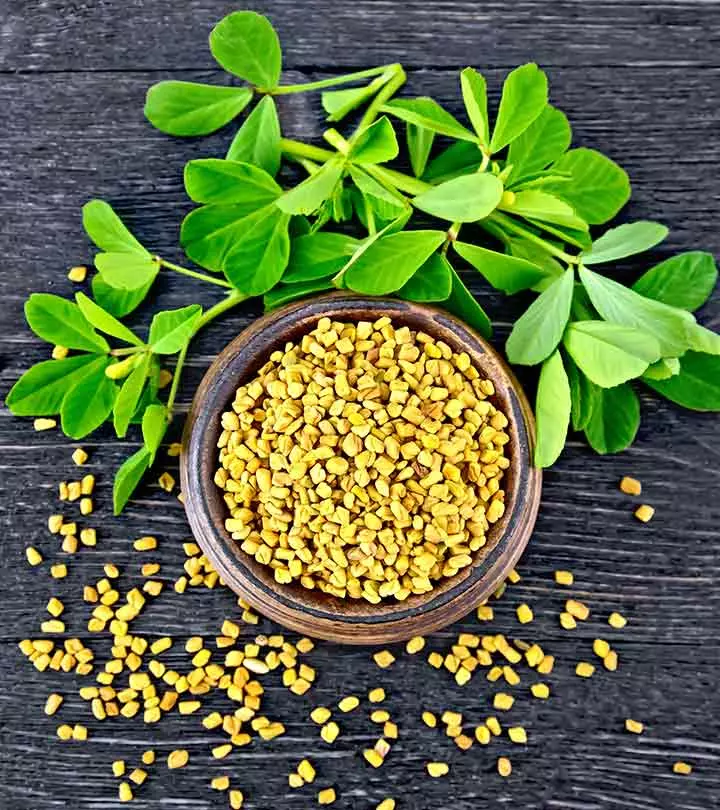
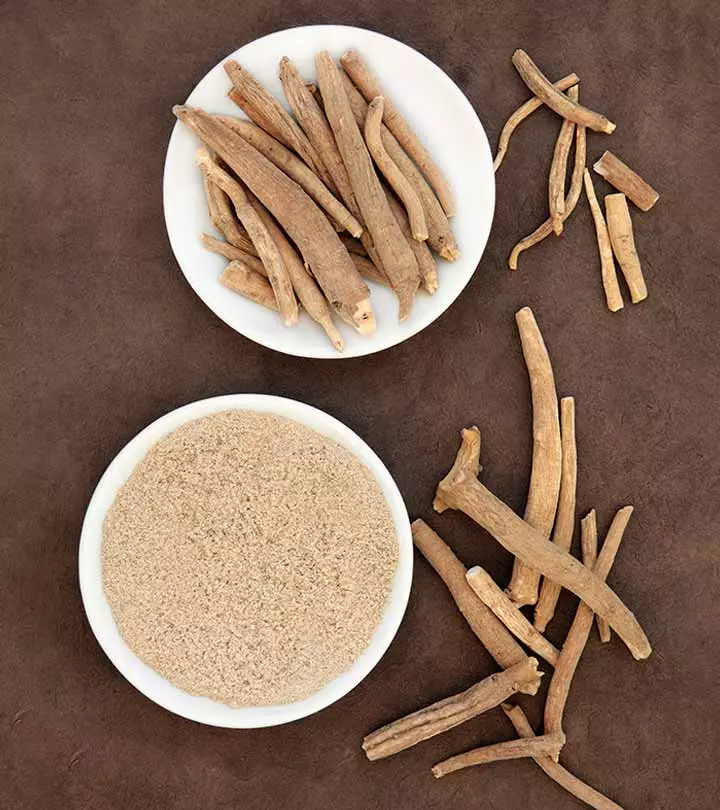
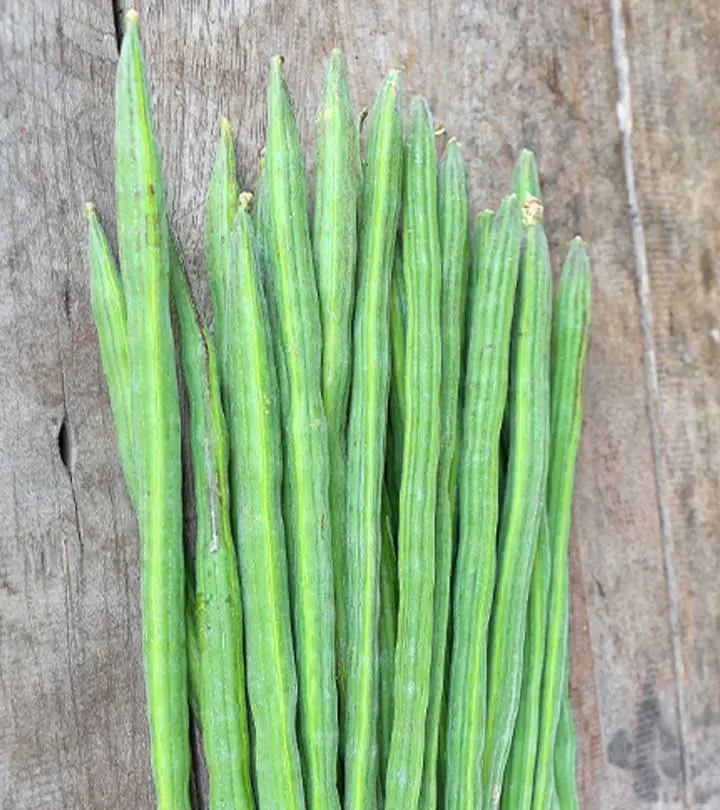
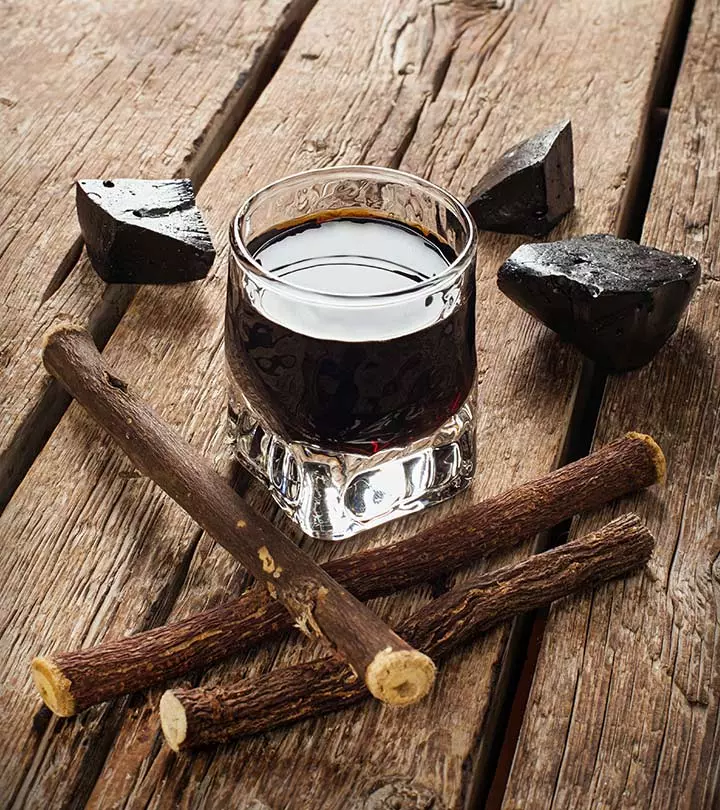
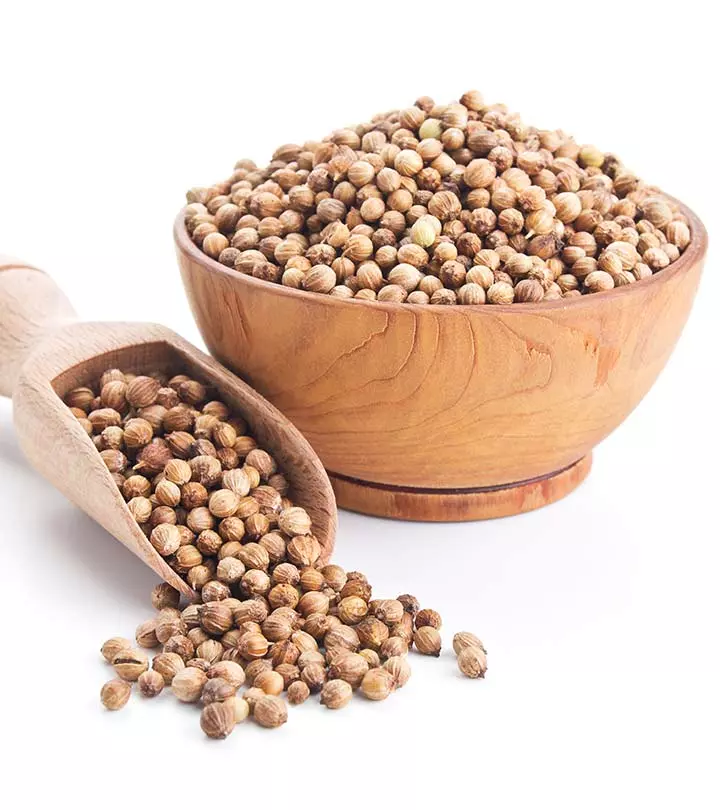
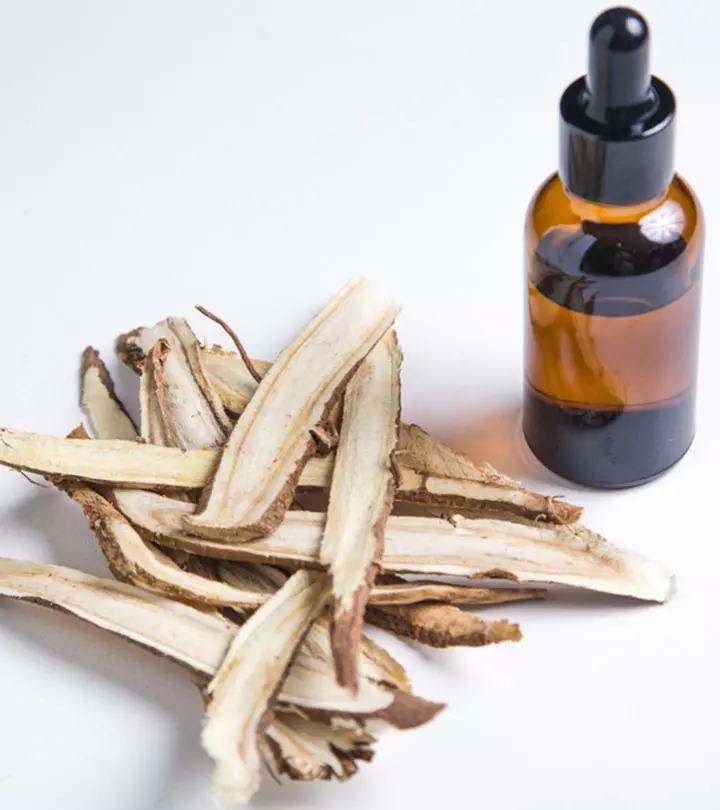
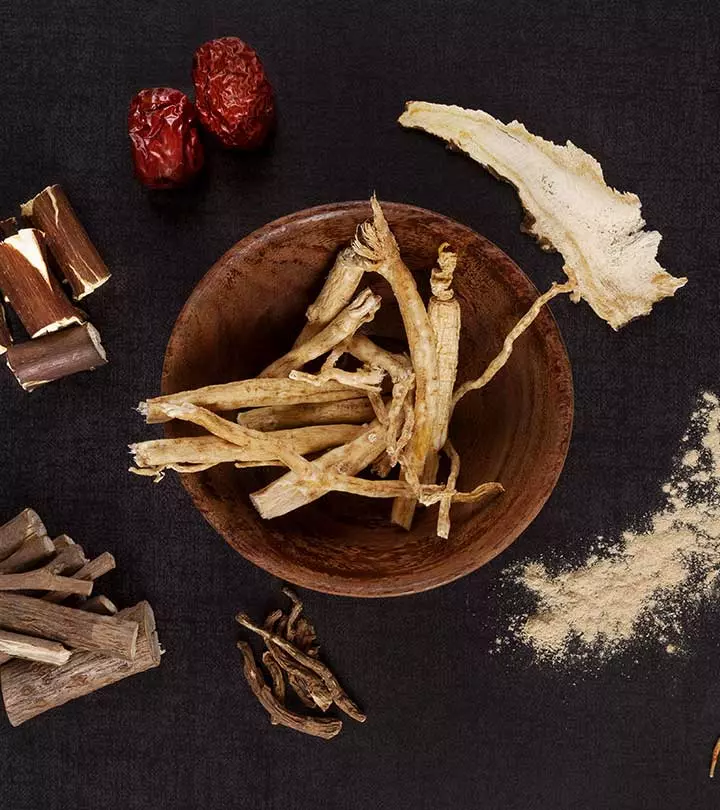
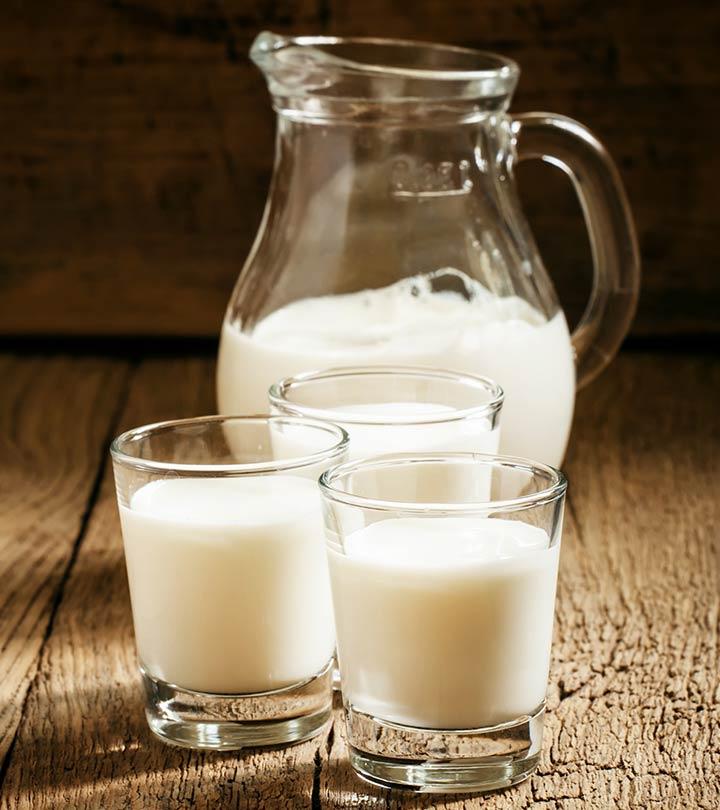
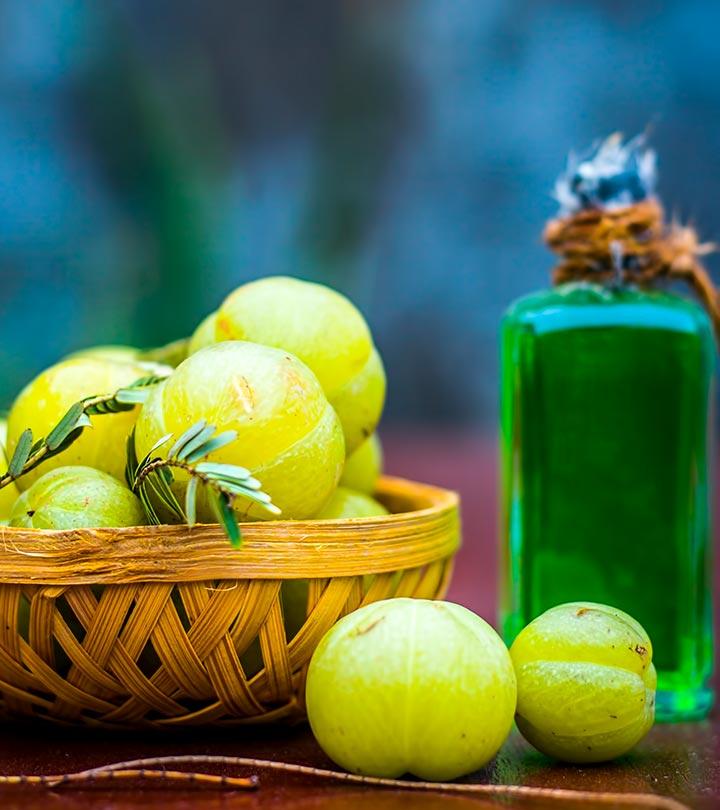
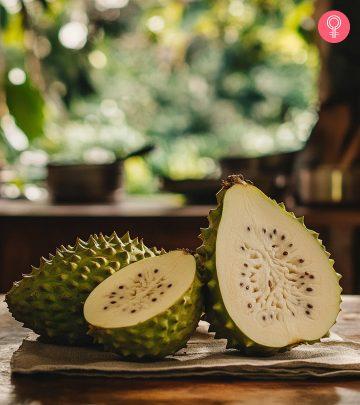

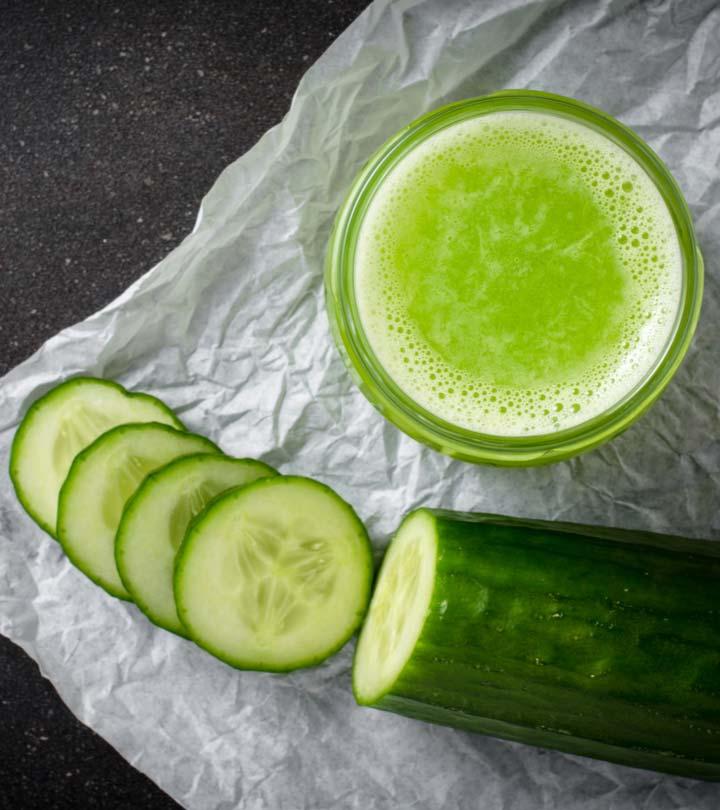


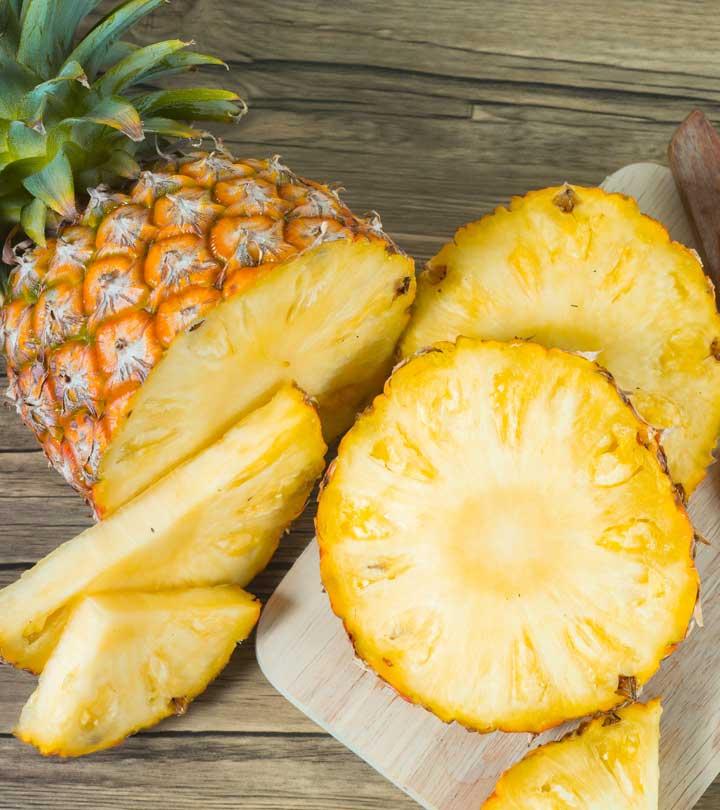
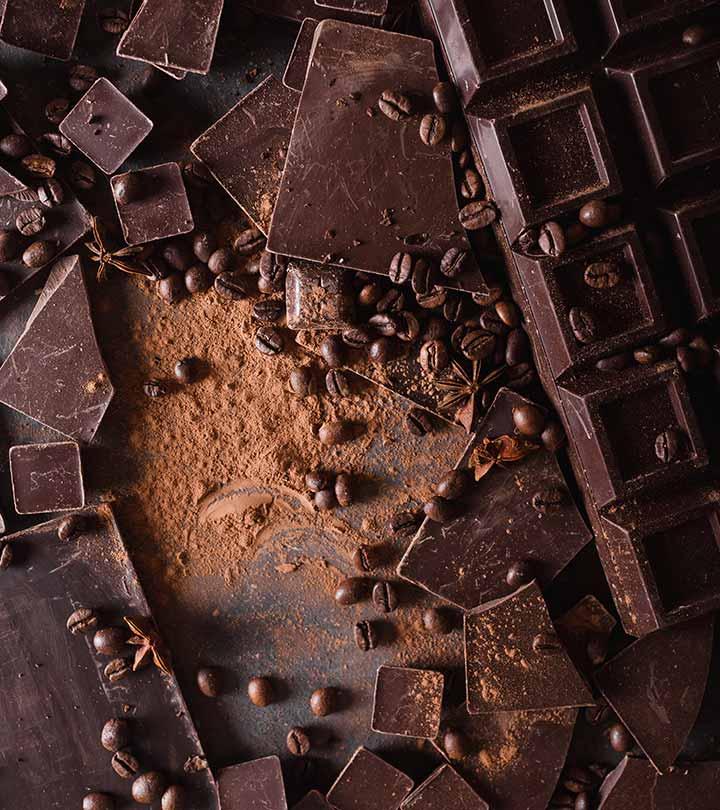
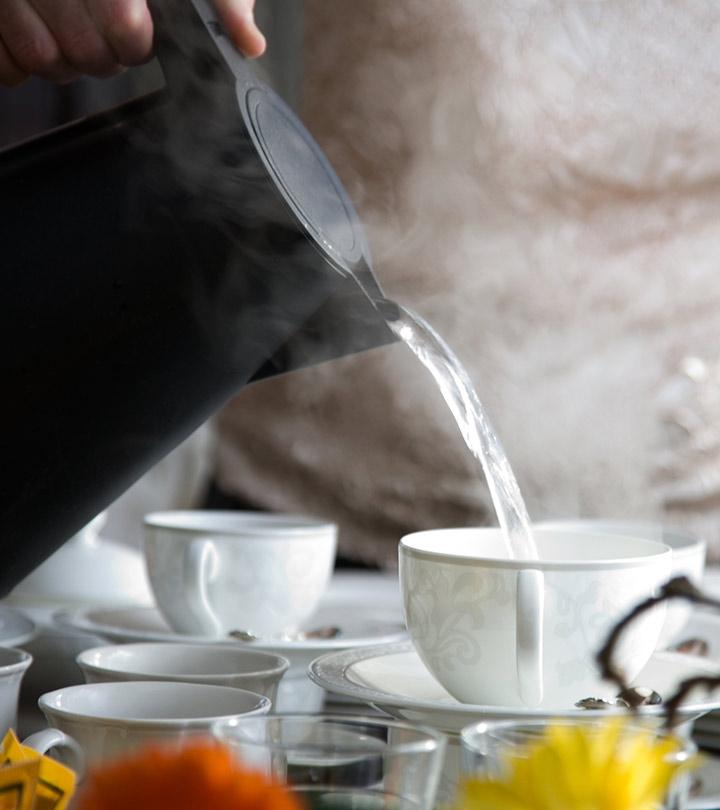
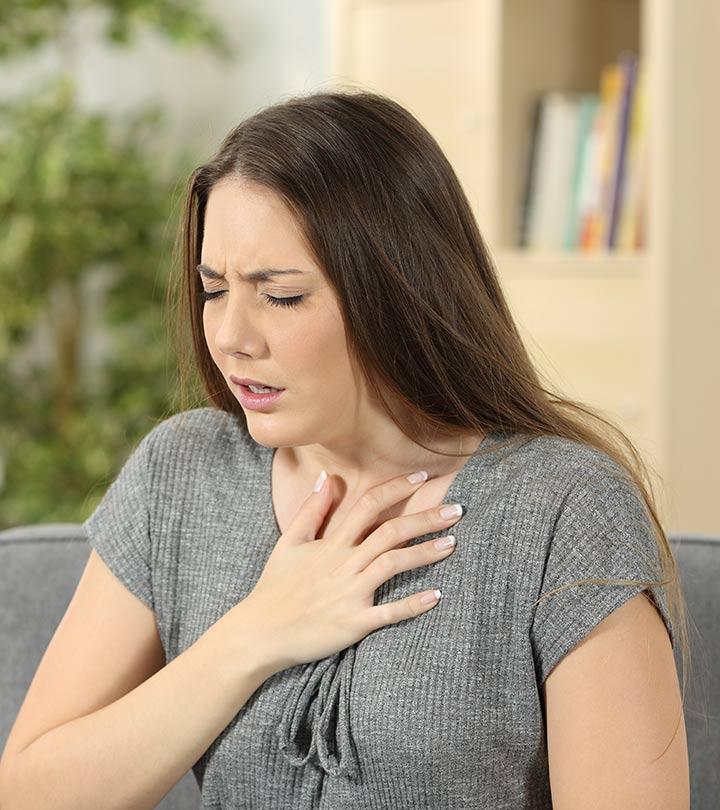

Community Experiences
Join the conversation and become a part of our empowering community! Share your stories, experiences, and insights to connect with other beauty, lifestyle, and health enthusiasts.